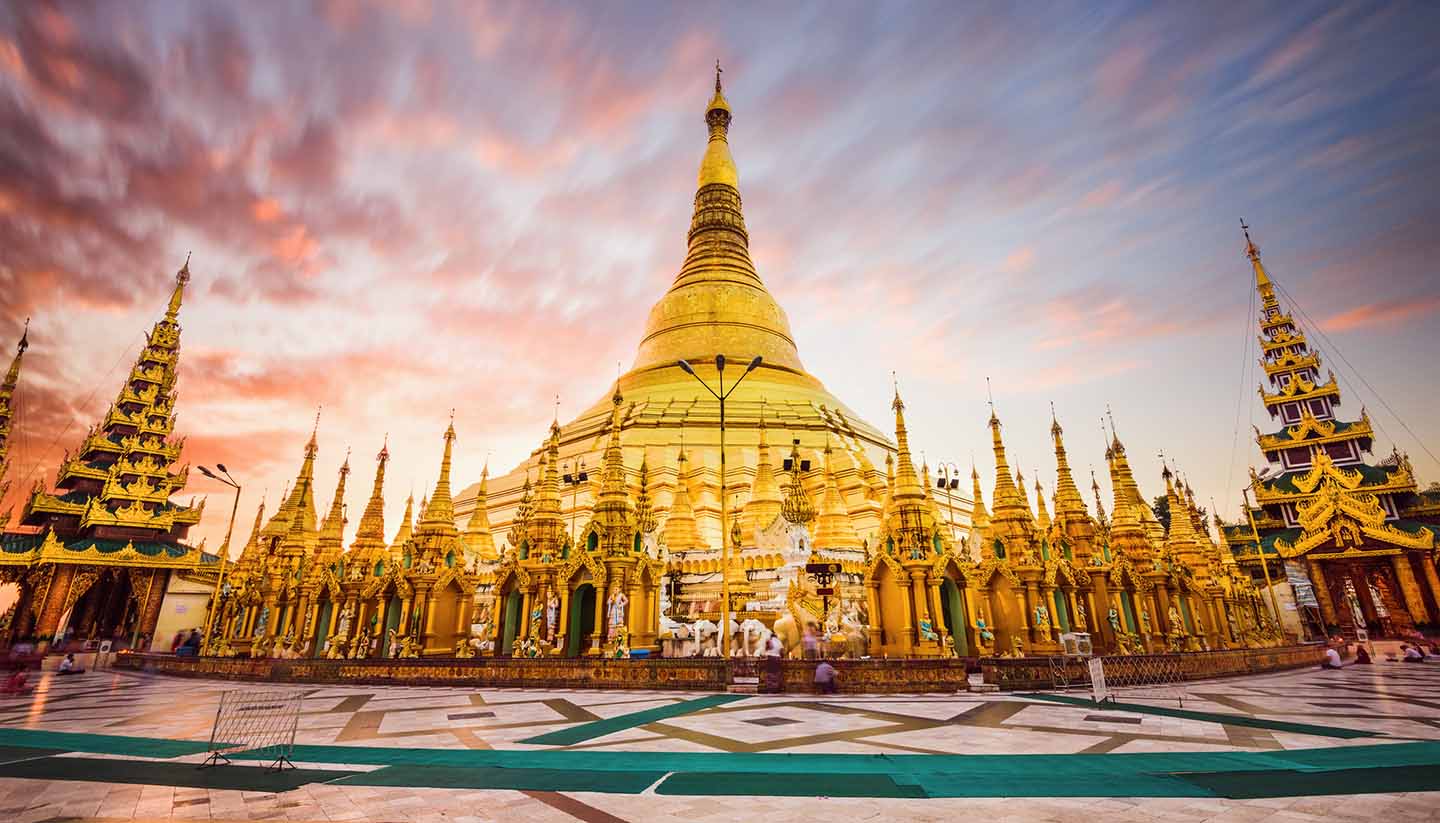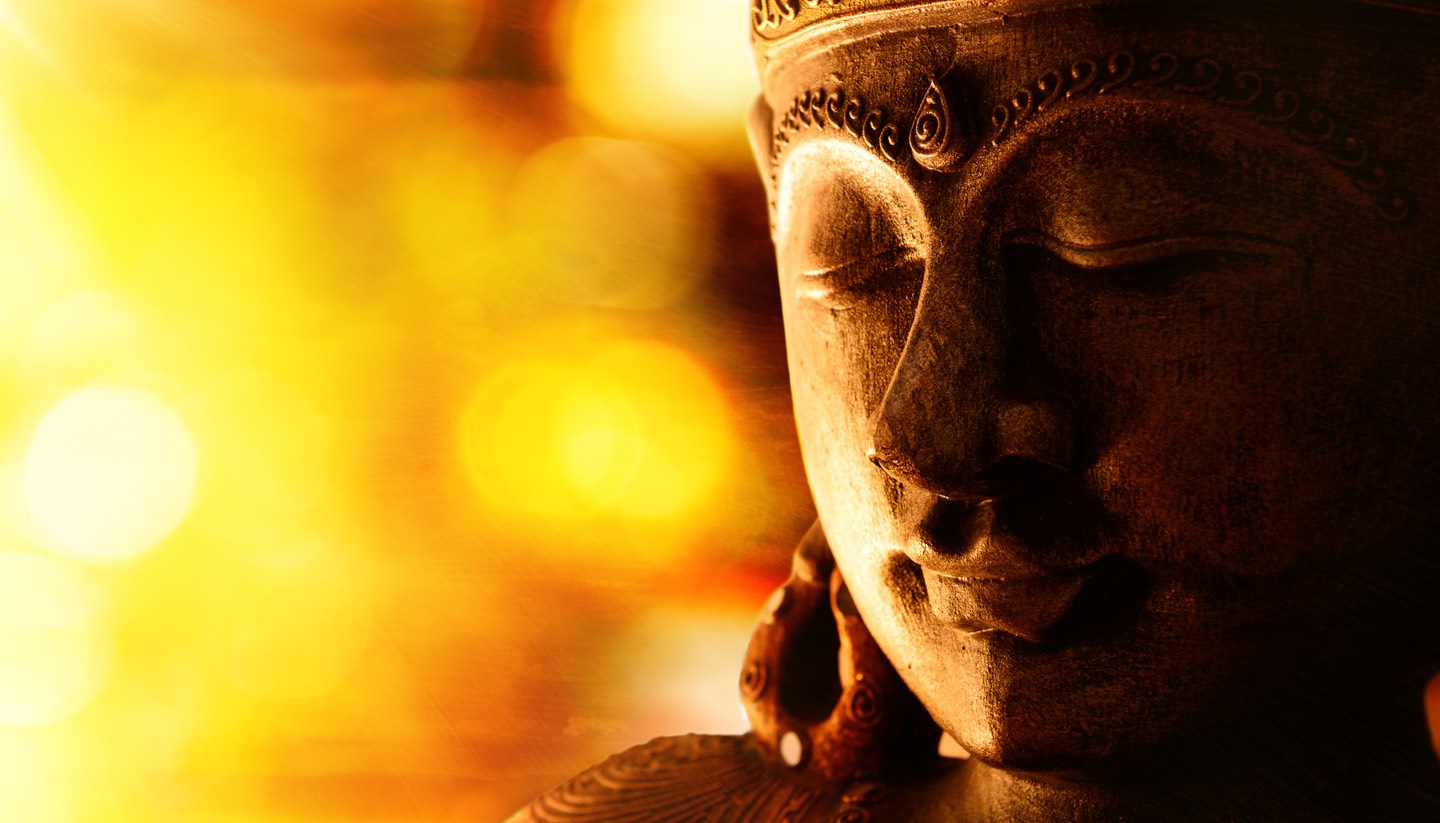Myanmar Food and Drink
Burmese cuisine treads a line somewhere between Indian and Southeast Asian cooking, but is subtly different to both. Dishes feature abundant spices, but tend to include less chilli than in Thailand or India, with an emphasis on sour, bitter and salty flavours.
Many dishes in Myanmar are topped with a layer of oil to keep off bugs, but not all dishes are as oily as people expect. Noodle soups and salads are very popular, and the local tofu – made from yellow split peas – is delicious.
Preserved vegetables crop up prominently in Burmese cooking, including pickled bamboo shoots and pickled tea leaves – a local delicacy. Marking the shift from Indian subcontinent to Southeast Asia, many dishes feature fish sauce or ngapi, a fermented paste of ground shrimp. Chinese food and Indian food is also popular, particularly biryani, Indian spiced fried rice.
Specialities
Lethok son: Spicy vegetarian rice salad.
Mohinga: Burmese fish soup with noodles, the national dish.
Black tea: Drunk with milk and sugar in teahouses, which are important social hubs.
Alcohol: Locally produced beer, rum, whisky and gin are generally available.
Coffee: Usually sold in instant form except for in a few Western-style cafes.
Things to know
Many towns have night food markets where it's possible to fill up cheaply between around 1700-2100. Restaurants rarely stay open much later than 2200.
Tipping
It is not traditional to tip in restaurants or elsewhere.
Drinking age
18.



